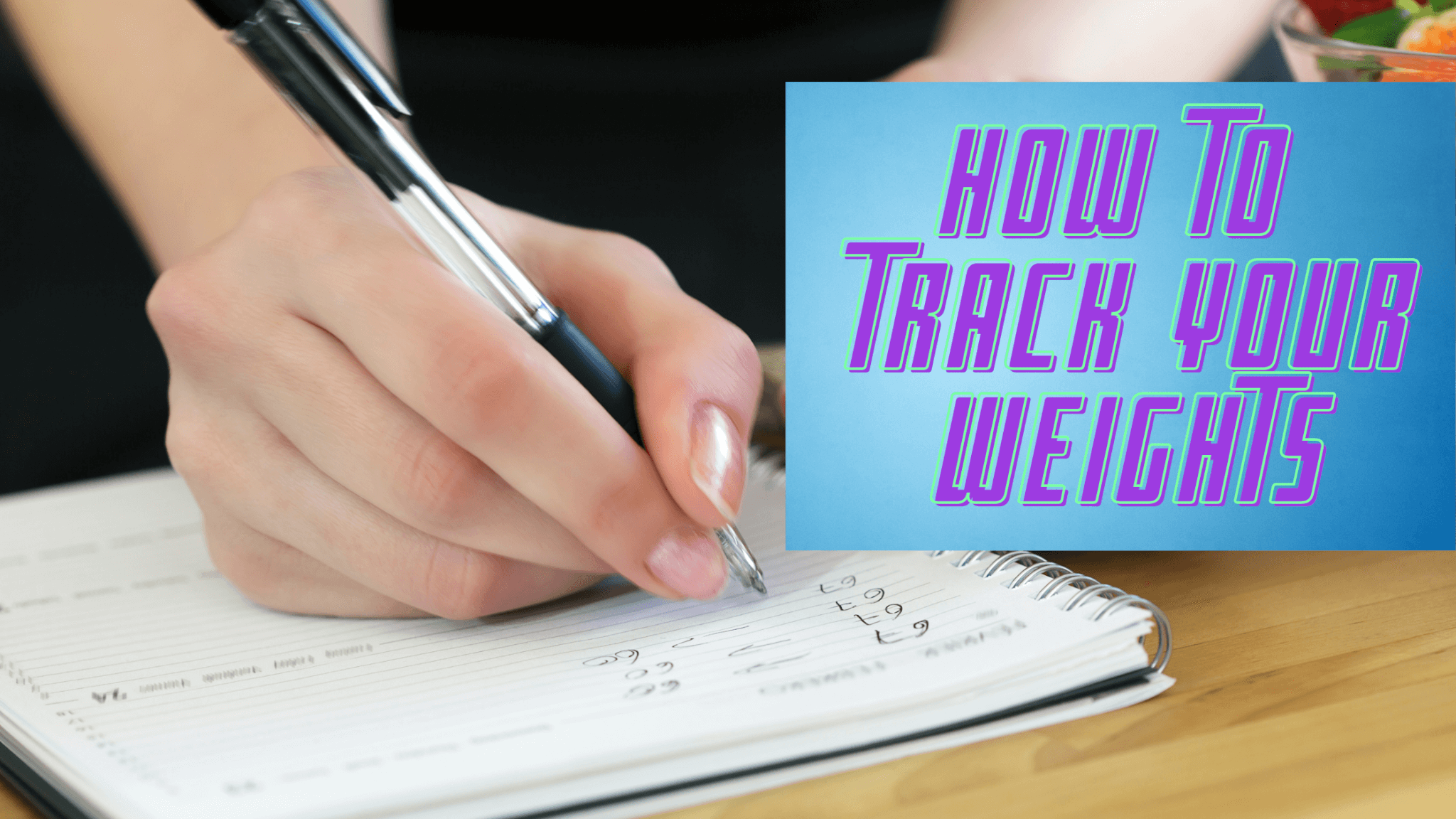So today’s blog is a question I get a lot when talking with new clients and people new to working in general. It’s about how to properly track a workout. Sounds easy enough doesn’t it, but you may be surprised how often people get confused about how to do this. I’ll break down today some of the tactics most trainers, coaches and apps use. I’ll also be sure to show some examples and even give you an app that’s been great for people to track their workouts and progression in the gym without hiring a coach or investing in a fancy AI app. Sweet & simple right? Let’s get started.
If you’re a caveman like me all you need is a pen or pencil and a composition notebook. I have tons of these things laying around all filled out with all the different workouts I have done. They are great to use, inexpensive and can easily be tossed into your gym bag. Other people will just use the “Notes App” on their phones but I like putting pen to paper. It also helps me to stay focused and not end up scrolling Instagram between my sets. So whether you paper or your phone the process is quite similar.
The biggest thing to think about when tracking your weights is what to write down for the weight. For example, say I’m doing a Dumbbell Deadlift, with a 35lb dumbbell in each hand, well when I track the weight do I put 35lbs or do I put 70lbs? The Same situation can be asked when doing let’s say a Dumbbell Bicep Curl with a 25lb dumbbell in each hand. Am I pressing 25lbs or 50lbs? Well, here’s how to approach this conundrum. When it comes to holding two dumbbells, think about what your body is doing. Example when doing the deadlift the primary movers are your hips, are my hips lifting one dumbbell or lifting both dumbbells? If you answered both, you’re correct. My hips are moving to pull both dumbbells off the floor at the same time, similar to a barbell. so I’m lifting 70lbs. So you’d write down 70lbs for your weight. Now when it comes to the Bicep Curl, you can look at it unilaterally(One sided), meaning each bicep is curling 25lbs, because each muscle is working individually to curl the weight you would 25lbs as your weight. So to make it easy if the muscles are working together to move the weight like deadlifts, squats, lunges, Split Squats, you’d take the sum of both weights. If the muscles are working separately to move each weight, say your curls, rows, press, and kickbacks you would use the total of the individual weight being moved. Does it make sense? If not don’t hesitate to reach out, and I’d happily hope on a call to give more examples. Just message me at [email protected].
Now let’s move to the last part when using an App that perhaps your coach uses or maybe one you got online like bodybuilding.com. Most apps will be the same as using pen or paper, put your weight in, put your reps in, and mark off how many sets. Unless prompted to the app won’t worry about left and right sides because you’ll mostly be using the same weight on both sides, unless coached otherwise, say and Offset Kettlebell Carry for example. An app that I seen going around and has some good reviews to keep things simple and in one place is the Strong App(link below). It has a very user friendly approach and makes tracking your workouts simple. It even makes it simple to go back and check progress from previous exercises.
Well, there we have it. I hope you found this information valuable. If you need any further help tracking your weights during your workouts send me a message. I’d be happy to guide you in the right the direction.
